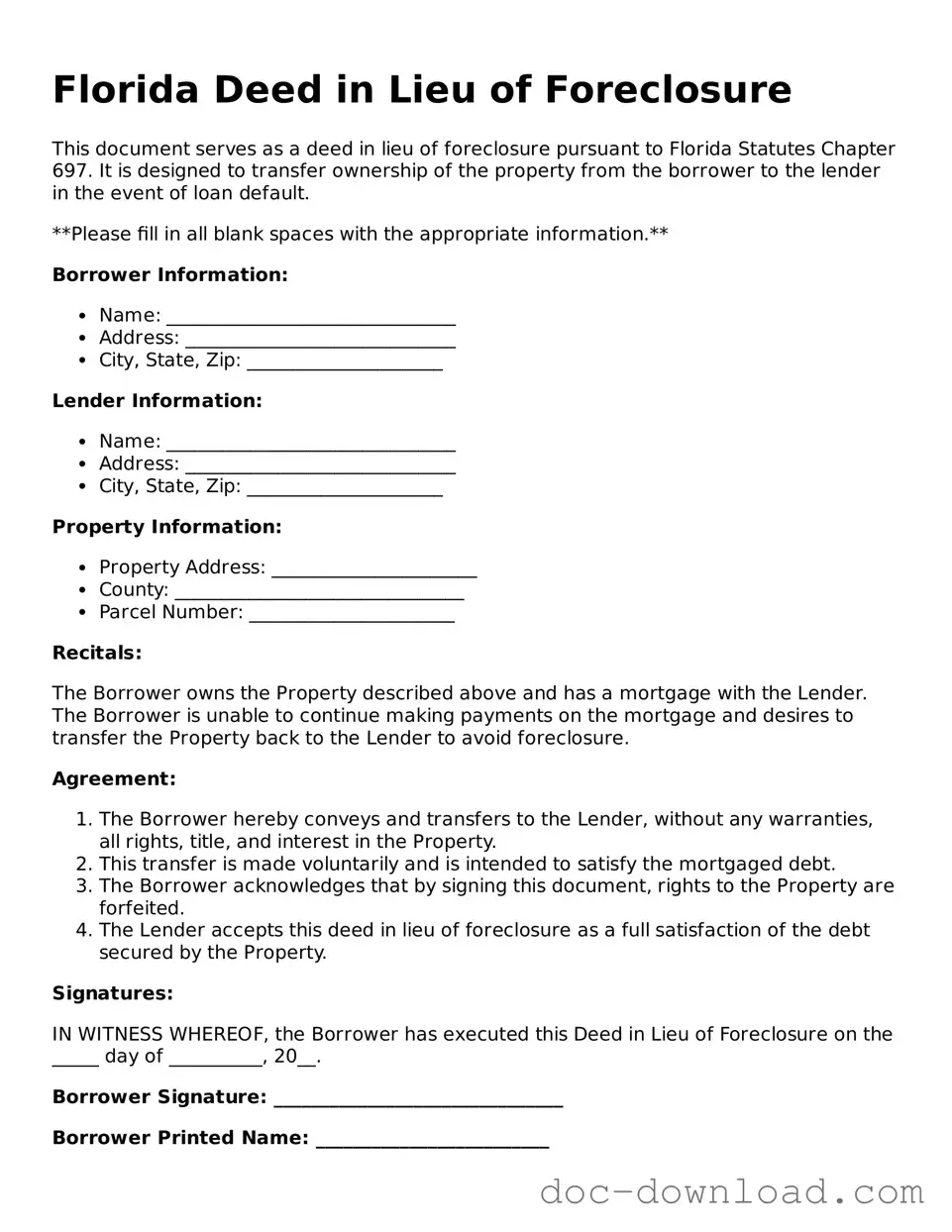A mortgage release is a document that frees the borrower from their mortgage obligations. Similar to a deed in lieu of foreclosure, it allows the borrower to relinquish their property to the lender, effectively canceling the mortgage. This document is often used when a homeowner can no longer afford their mortgage payments and wants to avoid the lengthy foreclosure process. By executing a mortgage release, the borrower can have peace of mind, knowing that they are no longer responsible for the debt tied to the property.
A short sale agreement involves selling a property for less than the amount owed on the mortgage, with the lender's approval. Like a deed in lieu of foreclosure, a short sale helps homeowners avoid foreclosure. In this scenario, the lender agrees to accept the sale proceeds as full satisfaction of the debt. This option can be less damaging to a homeowner's credit score compared to a foreclosure, making it an attractive alternative for those in financial distress.
A loan modification agreement changes the terms of an existing mortgage to make it more affordable for the borrower. This document can reduce monthly payments or extend the loan term. Although it differs from a deed in lieu of foreclosure, both options aim to help struggling homeowners retain their properties. A successful loan modification can prevent foreclosure and provide the homeowner with a more manageable repayment plan.
When considering the various documents related to real estate and mortgage situations, it's also essential to understand the importance of notifying relevant authorities about educational intents. For those interested in homeschooling, submitting the Colorado Homeschool Letter of Intent form is necessary, and more information can be found at Colorado PDF Forms. This ensures compliance with state regulations and supports families in their educational choices.
A forbearance agreement allows a borrower to temporarily pause or reduce their mortgage payments. This document is similar to a deed in lieu of foreclosure in that it provides relief to homeowners facing financial hardship. While a deed in lieu involves giving up the property, a forbearance keeps the homeowner in their home while they regain financial stability. This arrangement can be beneficial for those expecting a temporary setback.
A bankruptcy filing can also provide relief for homeowners facing foreclosure. While it is a more drastic measure, it shares similarities with a deed in lieu of foreclosure by allowing individuals to restructure or eliminate their debts. Depending on the type of bankruptcy filed, a homeowner may be able to keep their home or negotiate terms with their lender. Both options aim to provide a fresh start for those in financial turmoil.
An assumption agreement allows a new buyer to take over the existing mortgage from the seller. This document is similar to a deed in lieu of foreclosure because it can help the seller avoid foreclosure by transferring their mortgage obligations. In this case, the buyer assumes responsibility for the mortgage, and the seller can walk away from the property without the burden of foreclosure on their record.
A quitclaim deed is a legal document used to transfer ownership of property. This document can be similar to a deed in lieu of foreclosure when a homeowner voluntarily transfers their property to the lender. In both cases, the homeowner relinquishes their rights to the property. A quitclaim deed, however, does not involve the lender's acceptance of the property as a settlement for the mortgage debt.
A property settlement agreement is often used in divorce proceedings to divide assets, including real estate. This document can resemble a deed in lieu of foreclosure in that it may involve the transfer of property ownership. If one spouse can no longer afford the mortgage, they may agree to transfer the property to the other spouse or to the lender, similar to the process in a deed in lieu of foreclosure.
A foreclosure defense agreement is a legal document that outlines the terms under which a homeowner can contest a foreclosure. While it serves a different purpose than a deed in lieu of foreclosure, both documents are relevant in situations where a homeowner is facing financial difficulties. A foreclosure defense agreement may provide strategies to delay or prevent foreclosure, while a deed in lieu allows for a more straightforward exit from the property.
A real estate purchase agreement is a contract between a buyer and seller for the sale of property. This document is similar to a deed in lieu of foreclosure in that it involves the transfer of ownership. In a deed in lieu situation, the homeowner transfers the property back to the lender, while a purchase agreement involves a buyer acquiring the property from the seller. Both documents facilitate the change of ownership, albeit under different circumstances.
